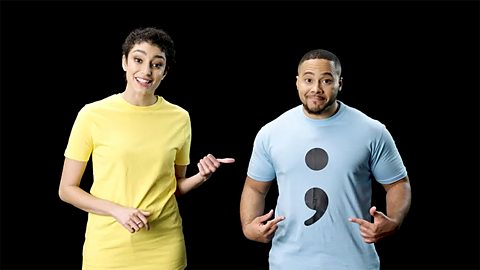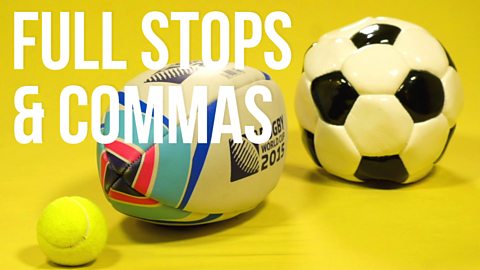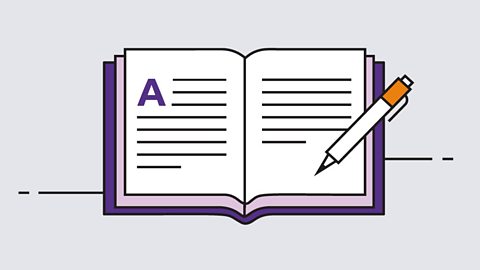Introduction to commas
A comma helps to make meaning clear by separating words, phrases or clauses in a sentence.
Commas are used to separate clauses, coordinate adjectives and items in a list.
Commas are also used to introduce direct speech.
How to use commas correctly
How to use a comma.
For such a little punctuation mark, commas do a lot of work and have a number of different jobs. Here are some of the main ones:
Commas and lists
Commas are used to separate items in a list:
I play netball, basketball, hockey and football.
Commas and adjectives
Commas can also be used to separate coordinate adjectives. We can describe adjectives as coordinate when the order is not important. They can be rearranged in front of a noun:
She lifted the heavy, dusty book from the shelf.
Could also be written:
She lifted the dusty, heavy book from the shelf.
Commas and clauses
Commas are used to separate some types of clause in a sentence.
Subordinate clauses add extra detail to the main idea in a sentence and need a comma.
The team, preparing for their next game, were training outside.
Unhappy about his result, Jamie resolved to try harder next time.
Independent clauses that are joined by coordinating conjunctions - and, but, for, or, nor, so, yet - also need a comma before the conjunction.
Malik opened the door, and Helen was waiting inside.
Commas and direct speech
Commas are used to punctuate direct speech by 'introducing' the speech:
The director shouted, "Action!"
You also need a comma if the sentence continues after the speech:
The director shouted, "Action", and the actors began the scene.
Test yourself
Commas quiz
Test your knowledge with this quick quiz.
Where next?
More on Punctuation
Find out more by working through a topic
- count1 of 6

- count3 of 6

- count4 of 6



